
RATING

Outlook
Positive.
SECTOR
Automotive
Chief Sustainability Officer
Stock Exchange and Ticker
NASDAQ:TSLA
Website
Contact
1 Tesla Road Austin, TX 78725, United States | E.mail: Press@tesla.com
Listings
–
Awards
- 100% Corporate Equality Index with the Human Rights Campaign
- J.D. POWER AWARD RECIPIENT
- ‘A’ MSCI ESG Rating
Revenue
$53.8 B
Market Capitalisation
$642.3 B
Employees
100,000
Content source
Tesla Sustainability Report
Evaluation of Tesla
Tesla’s Impact Report covers Tesla, Inc.’s fiscal year 2021, as of December 31, 2021. The methodologies for calculating the metrics set forth in this report and being reviewed and updated by Tesla’s ESG Sustainability Council and the PwC performed a review on greenhouse (GHG) gas emissions metrics. By only assessing Tesla’s initiatives, as presented in the sustainability report, related to increasing the availability of electric cars, of renewable energy and storage, on providing a safe work environment for employees, sustainable sourcing, etc. the sustainability rating can’t be higher than D with a positive outlook.
Tesla is on a mission to accelerate the world’s transition to sustainable energy and become “the best on every metric relevant” to this goal. However, it appears that Tesla has yet to set specific targets to reach carbon or climate neutrality. Furthermore, quantitative targets refer to an increase in the production volumes of products, specifically, 20 million electric vehicles are expected to be sold and 1,500 GWh of energy storage to be provided, per year by 2030. However, in 2021 Tesla not only started following the GHG protocol to report on Scope 1 and 2 emissions, but also signed up to develop Science Based Targets Initiatives.
One important aspect to note is also that Tesla is claiming they have generated more electricity than it has consumed by its vehicle fleet and factories, between 2012 and 2021. Specifically, 25.39 TWh of energy was produced by its solar panels, while only 25.27 TWh was used to charge all Tesla vehicles and the energy used at Tesla’s factories and other facilities. It does not appear to include the energy consumed in the supply chain. Furthermore, at the end of 2021, 10% of 2021 spent with direct supply base went through a Tesla’s supplier audit at least once, 100% refiners and mine sites of cobalt, nickel and lithium from which Tesla sources directly, underwent or have committed to undergo independent third-party sustainability audits.
In order to close the loop on battery raw materials, Tesla is investing to recycle manufacturing scrap and end of life batteries and by the end of 2021, the battery recycling facility at Gigafactory Nevada achieved a production rate of over 50 tons of recycled material per week. Besides battery recycling, Tesla does not provide any other information on the use of secondary materials in production or how the components are recycled when the vehicle reaches end of life.
On the social aspects regarding employee well being and safe work environment, it is hard to assess sustainability, as the only source of information is the narrative on the sustainability report, without any quantitaive data from employees surveys or awards. The same for the societal impact, where there are initiatives to invest in the well-being of the community, such as the investment in K-12 education in partnership with the Department of Education and the Education Gift Fund, but not many other initiatives have been included in the report.
Sustainability Scorecard
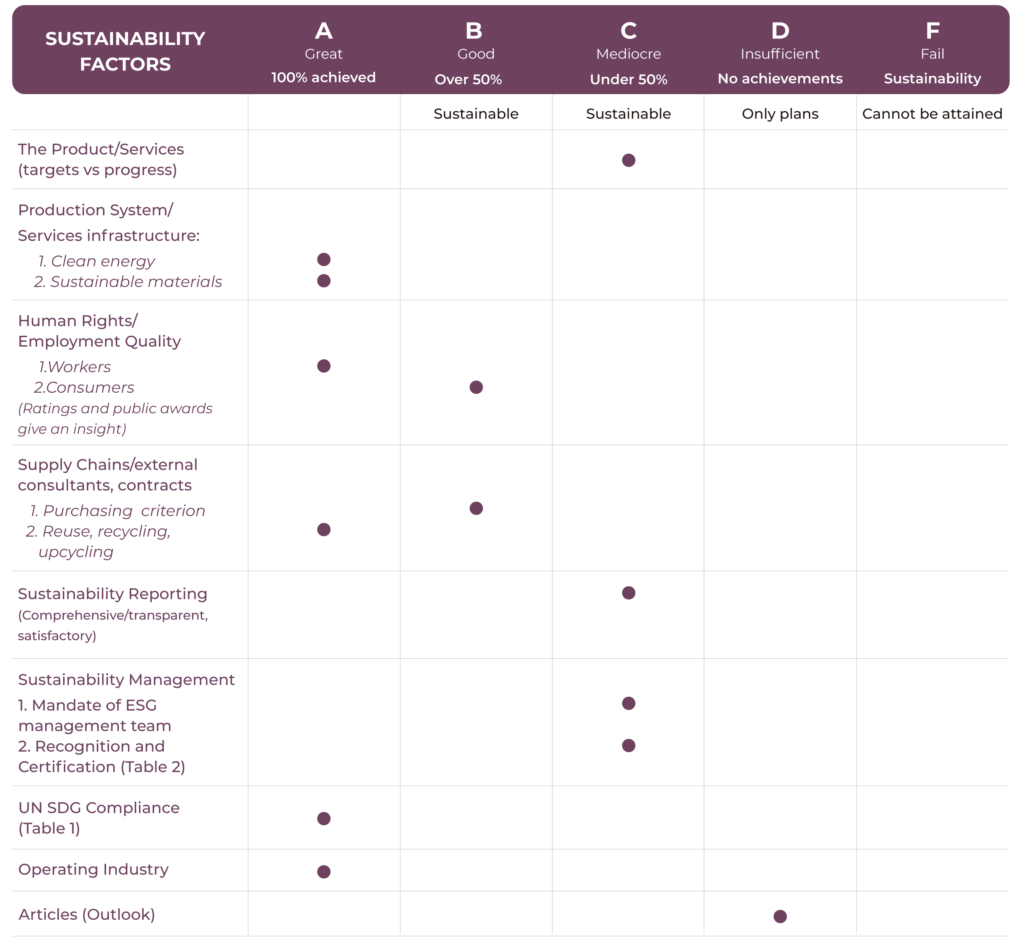
Tesla Company Activity
Tesla is an American multinational company involved with the design, manufacture and sale of fully electric vehicles (cars and trucks), energy generation and storage systems. Additional services include vehicle service centres, supercharger stations and self-driving capability. The Automotive segment includes the design, development, manufacture and sale of electric vehicles. In the Energy Generation and Storage segment there are activities related to the design, manufacture, installation, lease or sale of stationary energy storage products and solar energy systems, as well as sale of electricity generated by Tesla’s solar energy systems to customers. The company is headquartered in Palo Alto, CA, United States and it was founded in 2003 by Jeffrey B. Straubel, Elon Reeve Musk, Martin Eberhard, and Marc Tarpenning.
Tesla Sustainability Activity - As per company declarations
Tesla has a strong focus on its workforce. Supporting minority groups, particularly in their U.S. workforce. Tesla’s operations are sustainable by nature, selling solar energy and EV’s, thereby their growth is correlated with a more sustainable society. Tesla is pushing its sustainability agenda by furthering the money they get from carbon credits and selling them off.
Certificate & Labels, Standards and Frameworks
- ISO14001 – Environmental Management
- ISO 9001 – Quality Management System
- OHSAS 18001 – Occupational Health and Safety
Standards and Frameworks:
- GHG Protocol
- Responsible Minerals Initiative
- Responsible Minerals Assurance Process
- Global Battery Alliance
- Re|Source
- Initiative for Responsible Mining Assurance Standard
- Towards Sustainable Mining
- International Council on Mining and Metals
- OECD guidance and environmental management systems
- Fair Cobalt Alliance
Tesla in the news: Press Reviews and Social Media
An S&P Dow Jones Indices executive told Reuters on Wednesday it has removed electric carmaker Tesla from the widely followed S&P 500 ESG Index because of issues including claims of racial discrimination and crashes linked to its autopilot vehicles. Available at: https://www.reuters.com/business/sustainable-business/tesla-removed-sp-500-esg-index-autopilot-discrimination-concerns-2022-05-18/
63.7% of Tesla’s independent shareholders voted in favour of a water risk disclosure and reduction proposal filed by As You Sow – a non-profit specialising in shareholder advocacy for better corporate governance and sustainability efforts. Available at: https://www.edie.net/tesla-to-improve-water-risk-reporting-after-shareholder-pressure/
As Tesla only sells electric cars, it receives these credits for free and can sell them at a huge profit to other automakers who can’t meet regulatory requirements. The article discusses the dependency this causes for Tesla as they are responsible for keeping Tesla in the profit margin. Available at: https://www.cnbc.com/2021/05/18/tesla-electric-vehicle-regulatory-credits-explained.html
Highlights from Tesla Sustainability Report
Achievements
- In 2021, Tesla started measuring Scope 1 and Scope 2 GHG emissions considering the principles and guidance of the GHG Protocol
- In 2021, a comprehensive materiality analysis was conducted to identify the key ESG topics , the most relevant for the company’s diverse group of stakeholders. A total of 2,168 individuals from Tesla and approximately 40 external partners, from North America, China and Europe responded to the survey
- Tesla’s solar panels have generated more electricity than has been consumed by its vehicle fleet and factories between 2012 and 2021.
- Since 2021, Tesla provides a benefits concierge service for LGBTQ+ employees
- Providing support for victims of natural disasters – Hurricane Ida, Kentucky Storms, and Texas Winter Storm.
- Decrease in global recorded injuries while car production rates have rapidly increased
- Since 2019, Tesla vehicles earned 5-star ratings from safety rating agencies across the U.S., Europe and Australia.
Weaknesses and Setbacks
- Tesla signed up for the Science-Based Target Initiative (SBTi) in 2021, but hasn’t included any targets in the reports, rather it focuses on increasing the availability of electric cars and energy storage
- Increase in serious injury rate, including one fatality during a vehicle test drive (however, still below industry standard).
- Removed from S&P 500 ESG Index because of issues including claims of racial discrimination and crashes linked to its autopilot vehicles
Targets vs Progress Reported
| Target | Results reported |
|---|---|
| in 2021, wind, solar and battery storage are expected to account for an estimated 81% of new electricity generation capacity in the U.S | No results reported |
| by 2030 Tesla is aiming to sell 20 million electric vehicles per year (compared to 0.94 million in 2021) and deploy 1,500 GWh of energy storage per year (compared to 4 GWh in 2021). | Almost doubled sales from 2021 compared to 2020. It may seem like an ambitious goal, but with current trends it is realistic. |
| Collect and review environmental and social data to identify risks in battery supply chain | - 100% refiners and mine sites of cobalt, nickel and lithium where Tesla sources directly, underwent or have committed to undergo independent third-party sustainability audits - 83% o all refiners and mine sites of cobalt, nickel and lithium from Tesla’s supply chain underwent, or have committed to undergo, independent third-party sustainability audits - Audits are conducted against one of the following sustainability and responsible mining standards: IRMA Standard, the Responsible Minerals Initiative (RMI) Responsible Minerals Assurance Process (RMAP), Towards Sustainable Mining (TSM) and/or the International Council on Mining and Metals (ICMM) Performance Expectations - Additionally Tesla reviews suppliers’ ISO14001 and OHSAS 18001 certification statuses |
| As of the end of 2021, a total of 152 supplier locations go through Tesla’s supplier audit at least once, representing 144 suppliers, or 10% of 2021 spend with direct supply base |
UN SDGs Compliance Analysis
Progress made toward SDG targets
As reported by Tesla
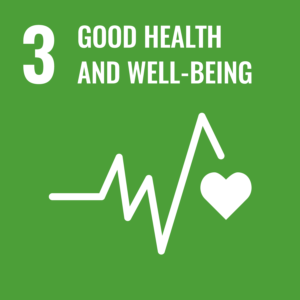
- SafetyNet, a benefit that provides limited financial assistance for employees experiencing temporary hardship
- Transgender benefits aligned with the clinical protocol set forth by the World Professional Association for Transgender Health.
- Rethink, a benefit that provides resources for families with children who have learning, social or behavioural challenges.
- A benefits concierge service for LGBTQ+ employees.

- Tesla HR offers a Pay Equity & Pay Transparency educational course to everyone in the People Organization, with a focus on HR partners and recruiters.
- As part of the construction of the Gigafactory Nevada, Tesla committed to invest $37.5M into K-12 education beginning in 2018. This investment is in partnership with the Department of Education and the Education Gift Fund, with a focus on initiatives that support the acceleration of robotics, STEAM and sustainability programming. To date, $22.5M has been invested across 30 organisations and an additional $17M planned in 2022-2023.

- Increasing gender-neutral language in job descriptions, broadening sourcing efforts, revamping interviewing guides, building community partnerships, educating on unconscious bias and facilitating training for recruiters, hiring managers and interview panelists.
- Introduce a Girl to Engineering Day & National Manufacturing Day to promote gender diversity in STEM, since 2018, Tesla has encouraged girls to see engineering as a means to pursue their goals by participating in Introduce a Girl to Engineering Day.
- Working to increase gender representation throughout the company by supporting women-focused organizations and conferences like Society of Women Engineers, Latinas In Tech, TechUp For Women, Silicon Valley Forum, Women in Technology Festival, Women in Technology International and Women in Manufacturing.
- Tesla also launched Tesla Recharge Returnship Program – a four-month paid work program that initially targeted women impacted by the pandemic and later expanded to support all mid-career professionals transitioning back into the workforce after a leave of one year or more.
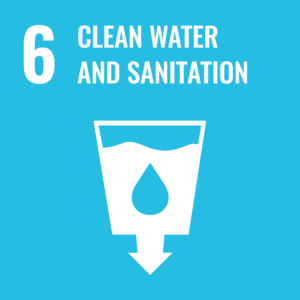
- By offseting the “cooling tower makeup” by non-potable sources such as rainwater or wastewater to reduce the usage of water
- Tesla is planning to capture at least 25% of roof runoff (1 million square feet) to a central underground storage system within Gigafactory Texas.
- Decrease in water withdrawal per vehicle from 3.1 cubic meters to 3.02 cubic meters.
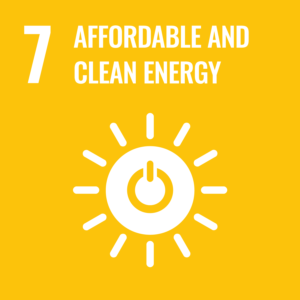
- Development of zero-emission technologies
- Low cost solar panels and solar roofs.
- Reduction of carbon emissions from transport and energy generation.
- Increase renewable energy generation.
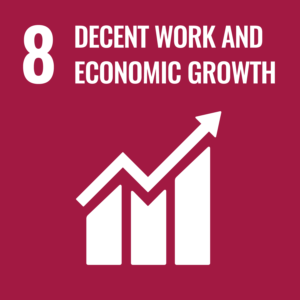
- Increase workforce by 100,000.
- In 2021, Tesla’s average national wage for manufacturing jobs in the U.S. was $21.60/hour plus benefits (which, among others listed on the next page, includes an option for $0 cost paycheck deductions) and equity, which is a 2.2% increase compared to 2020.
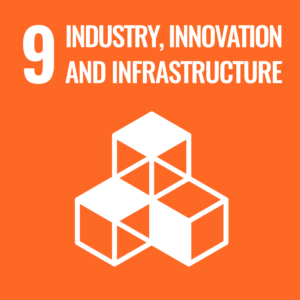
- By the end of 2021, Gigafactory Nevada achieved a production rate of over 50 tons of recycled material per week from inhouse processing of both battery manufacturing scrap and end-of-life batteries
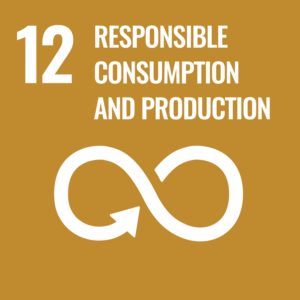
- The vast majority of generated waste, such as paper, plastics and metals, is recyclable
- Most batteries that Tesla recycles today are pre-consumer, coming through R&D and quality control. None of the scrapped lithium-ion batteries go to landfills and 100% are recycled.
- Battery pack life extension is the superior option to recycling for both environmental and business reasons. Before decommissioning and recycling a consumer battery pack, Tesla does everything it can to extend the useful life of each pack, including sending out over-the-air software updates to Tesla vehicles to improve battery efficiency when our engineers find new ways to do so.
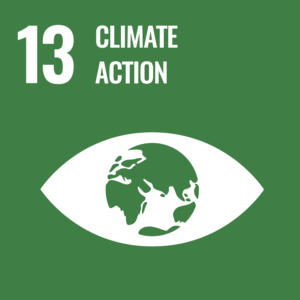
- Tesla solar panels have generated more electricity than has been consumed by our vehicles and factories between 2012 and 2021.

- 7th consecutive 100% Corporate Equality Index with the Human Rights Campaign.
- A benefits concierge service for LGBTQ+ employees.
- Transgender benefits aligned with the clinical protocol set forth by the World Professional Association for Transgender Health.
Sustainability Certificates, Awards and Listings



